A Mini Guide to Trees
April is Stress Awareness Month and with Arbor Day, a day in which people are encouraged to plant and celebrate trees, almost here, Horticulturalist, Zoe thought that now would be the perfect time to celebrate trees and the effect they have on our mental health.
“The true meaning of life is to plant trees, under whose shade you do not expect to sit.” – Nelson Henderson
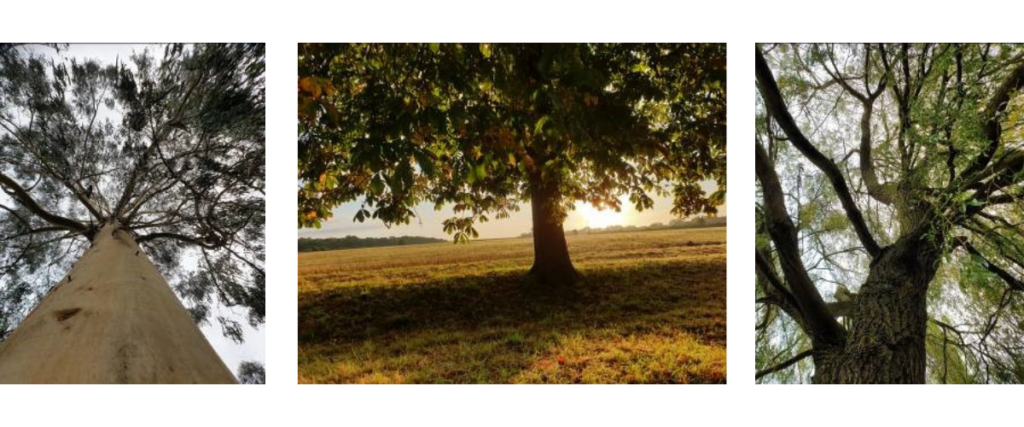
April marks Stress Awareness Month here in the UK and for many countries around the World it is when they celebrate Arbor Day which is a day in which people are encouraged to plant and celebrate trees. So, for this month’s blog, I thought I would combine the two days and look at how trees and being among them can help with stress. There is a Welsh phrase, “dod yn ôl at fy nghoed,” which means, “to return to a balanced state of mind.” The literal translation is, “to return to my trees.” I cannot think of any expression more beautiful to encompass the synergy of trees and wellbeing.
“And into the forest I go, to lose my mind and find my soul.” – John Muir
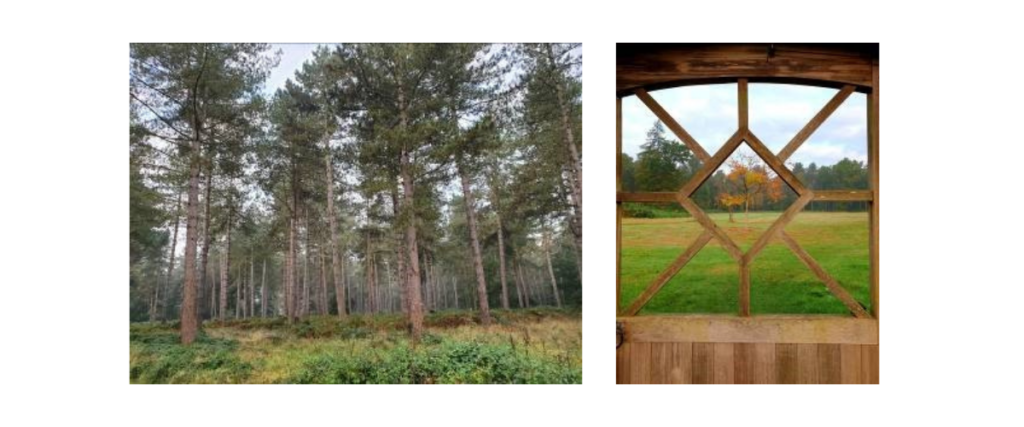
Studies in 2012 suggested that just the image of a tree or forest canopy were enough to bolster the parasympathetic part of the central nervous system which induces calm. (Psychology Today, May 16, 2016.) This is something long understood by the Japanese who coined the phrase, “Shinrin-yoku” – the act of forest bathing, in the 1980s. It was deemed the perfect activity to alleviate things such as stress, aggression, fatigue and low mood. Once the scientific evidence began to build, the government of Japan decided to incorporate it into the country’s health programme.
More recent scientific experiments conducted in Japan in 2014 by Yoshifumi Miyazaki and his team showed that it lowers the heart rate thus indicating less stress and more relaxation. Subjects also reported better moods and less anxiety. Not only are the trees good for you, but the air around them too. Chemicals released by trees and plants called phytoncides were found to boost the immune system. In June 2019, the Woodland Trust suggested that forest bathing should be among a range of non-medical therapies and activities recommended by GPs to boost patients’ wellbeing. Markshall Estate, an arboretum, is the perfect place to relax and indulge in a little forest bathing. Take time to ‘be’ among the trees, breathe in the air and feel your worries melt away.
“The best time to plant a tree was 20 years ago. The second best time is now.” – Chinese proverb
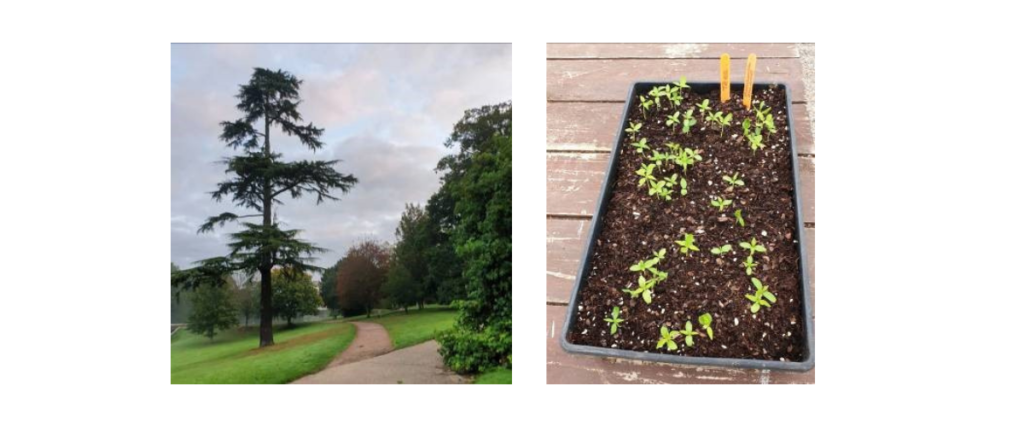
Markshall Estate is home to many native and non-native tree species. The most well-known of our native trees on the Estate is the Honywood Oak which is an English Oak (Quercus robur) estimated to be between 800-900 years old. It is now known as a veteran tree because of its age. It is amazing to think that just a small acorn, all those years ago, led to a tree of this size and longevity. We hope to harvest some of the acorns one day and propagate them in order that there will be descendants of this great oak for future generations to enjoy. The Estate is also home to some rare non-native species such as the Wollemi Pine (Wollemia nobilis) and the Abies numidica (Algerian Fir), both of which are on the critically endangered list. Both amazing species are found in Gondwanaland. There is something incredible and awe-inspiring about being near such rare trees and to feel that you have had the opportunity to see them growing so beautifully here in the UK.
The Cherokee people call trees, “Standing People” and they are very much revered. As indeed specific trees are by many belief systems the World over. (The Christmas Tree, the Bodhi Tree, The Tree of Life, The Ashoka Tree to name a few.) The tree is symbolic of permanence, longevity and the concept of roots and their connection to their natural surroundings.
“It is in the roots, not the branches, that a tree’s greatest strength lies.” – Matshona Dhliwayo
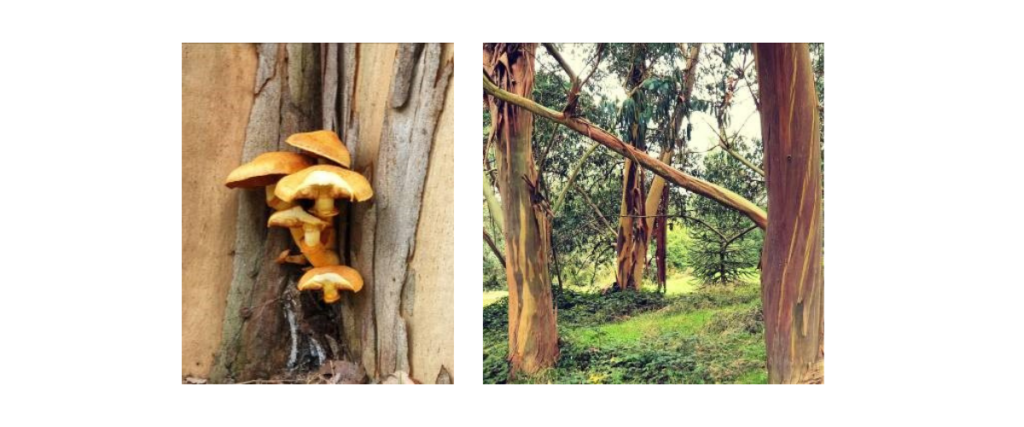
It has long been taught and understood that the roots of a tree are where the tree gets all its nutrients and water from. This is indeed true. However, what we are learning is that trees are much more complex than we first believed. Those of you who are avid watchers of Gardener’s World may have seen the tree guru Tony Kirkham MBE talking about the Wood Wide Web. Trees have a network of fungi which grow inside and around their roots. It’s these fungi which provide the tree with nutrients. There is an element of symbiosis as the fungi receive sugars in return. However, this connection has more to it than we first believed. It is believed that trees can communicate with each other in this way.
“Mother” trees can provide younger saplings with sugars to give them a greater chance of surviving. Whereas older or dying trees may put their resources into helping neighbouring trees to survive. The trees can also use the fungi to send chemical signals via their roots to warn other trees about them being attacked by pests or diseases. This then encourages them to get their defences up ready. However, this is not the case for all trees. The Juglans nigra (Black Walnut) which we have on the Estate can spread toxic chemicals which sabotage rival trees. This is a survival adaptation and numerous plant species have such adaptations to enable them to outcompete other plants and survive. As Darwin would say, “survival of the fittest.” The key is not to plant anything you would want to survive under the shadow of a black walnut tree! It would appear that there is an interconnection between all trees and that there may indeed be a level of altruism among them, something scientists are still debating as to why.
Here at Markshall Estate, we are passionate about conservation and increasing the number and variety of trees we are propagating and planting for future generations to enjoy. Each individual tree supports approximately 2300 species (fungi, lichen, mosses, insects, birds, and mammals etc.) Some species, known as obligate species, only live on one tree. Every tree therefore has its value. Indeed, only certain species of animal/bird transfer nuts and seeds from a particular tree which results in their propagation and are therefore responsible for its distribution and survival. It’s this interconnectedness which is so important in nature and us humans are very much part of that.
To conclude, not only are trees the lungs of the earth, and the very things which keep us alive but they also have this amazing connection with each other and indeed every living thing. They also have an amazing ability to calm us down and reduce our stress levels, just by their very presence and the surrounding phytoncide rich air they provide us with. We hope that you can come along to the arboretum soon and enjoy being surrounded by all of the wonderful trees the estate holds. Take a “shinrin-yoku” and “dod yn ôl at fy nghoed,” I promise you; you’ll feel much better for it!
Zöe (Horticulturalist)
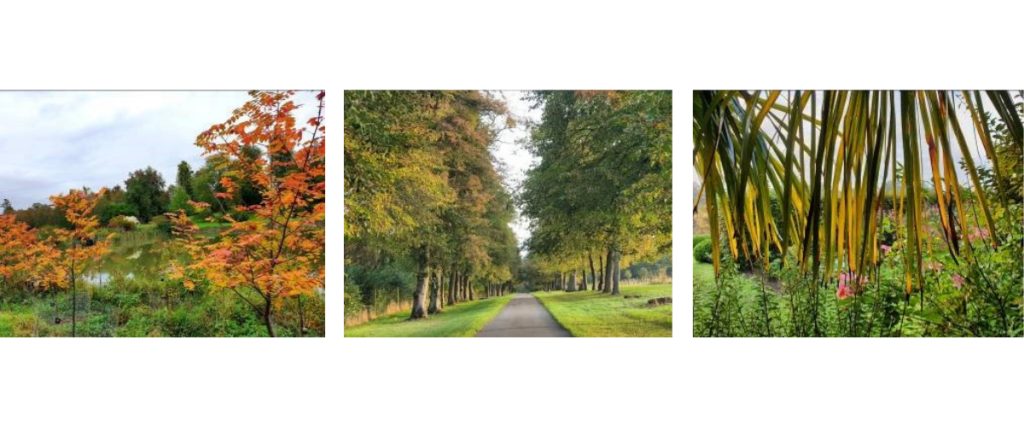
More from the blog
See more
-
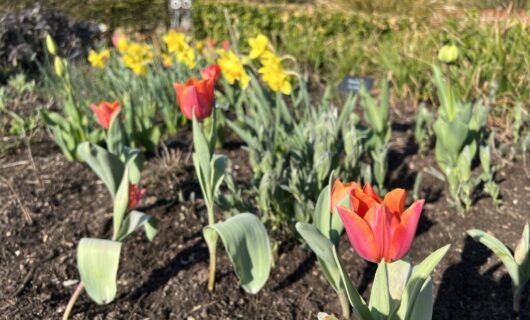
Updates from the Walled Garden in Spring
What can be discovered in the Walled Garden at Markshall this Spring? Our Walled Garden is home to a stunning […]
-

Commemorating the 80th Anniversary of Operation Varsity
What was Operation Varsity? Operation Varsity was the codename for the largest single airborne operation conducted on a single day […]
-
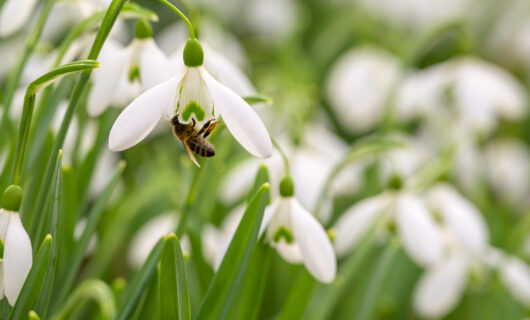
Your guide to enjoying the snowdrop display at Markshall
February is the best time to visit Markshall’s spectacular snowdrop display. To ensure that you make the most of your […]